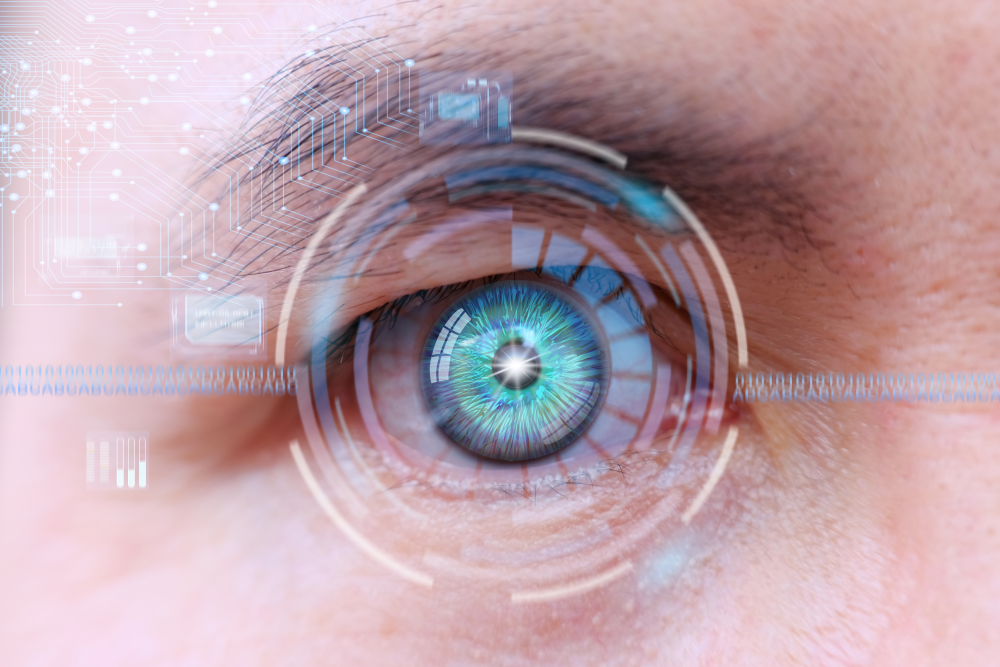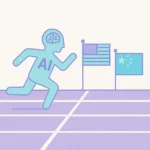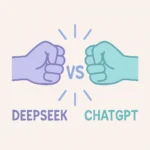AI eggheads at Google have taught a deep learning system (DLS) to predict a number of biomarkers (e.g. your platelet count) by analyzing a photo of your eye.
The researchers were able to predict several other systemic biomarkers, like albumin levels and thyroid-stimulating hormone levels by analyzing external eye photos. The study, published in Lancet Digital Health, used a retrospective dataset of external eye photos and lab measurements to train the DLS model. The external eye photos were captured using table-top cameras that produce high-quality images with good lighting. They found that the DLS model was able to work through quality challenges, such as image resolution.
The use of external eye photos for predicting biomarkers has many potential benefits in medicine. The potential upshot of this research could be big for medicine both in clinics and in telemedicine. It could make possible non-invasive and accessible screening and triage of patients for blood tests or other patient follow-up, for example.
Once caveat was that the datasets used in the study consisted primarily of patients with diabetes and didn’t have sufficient representation of many medically significant subgroups. There will need to be more focused research into a range of individual patient types before the system would be ready for clinical use.
Still, the findings highlight the potential of deep learning systems to analyze external photos of patients and provide information on important biomarkers, which could reduce the need for specialized equipment and increase access to screening for m any people. The technology’s real-world application will depend on further refinement as well as the generalizability of the model to smartphone imagery. The team is continuing to collect datasets of imagery captured on smartphones and hopes to share more promising results in the future.





